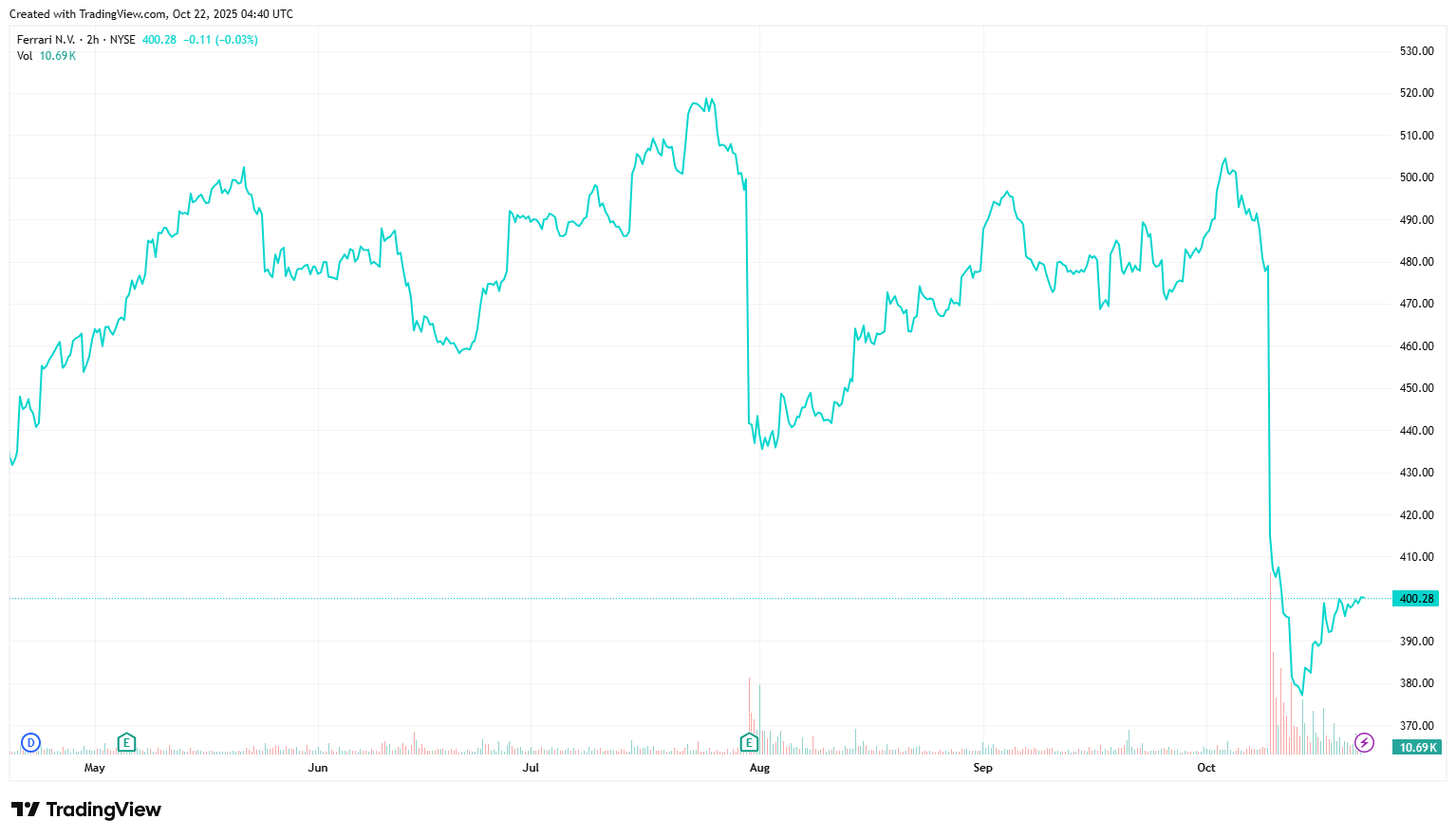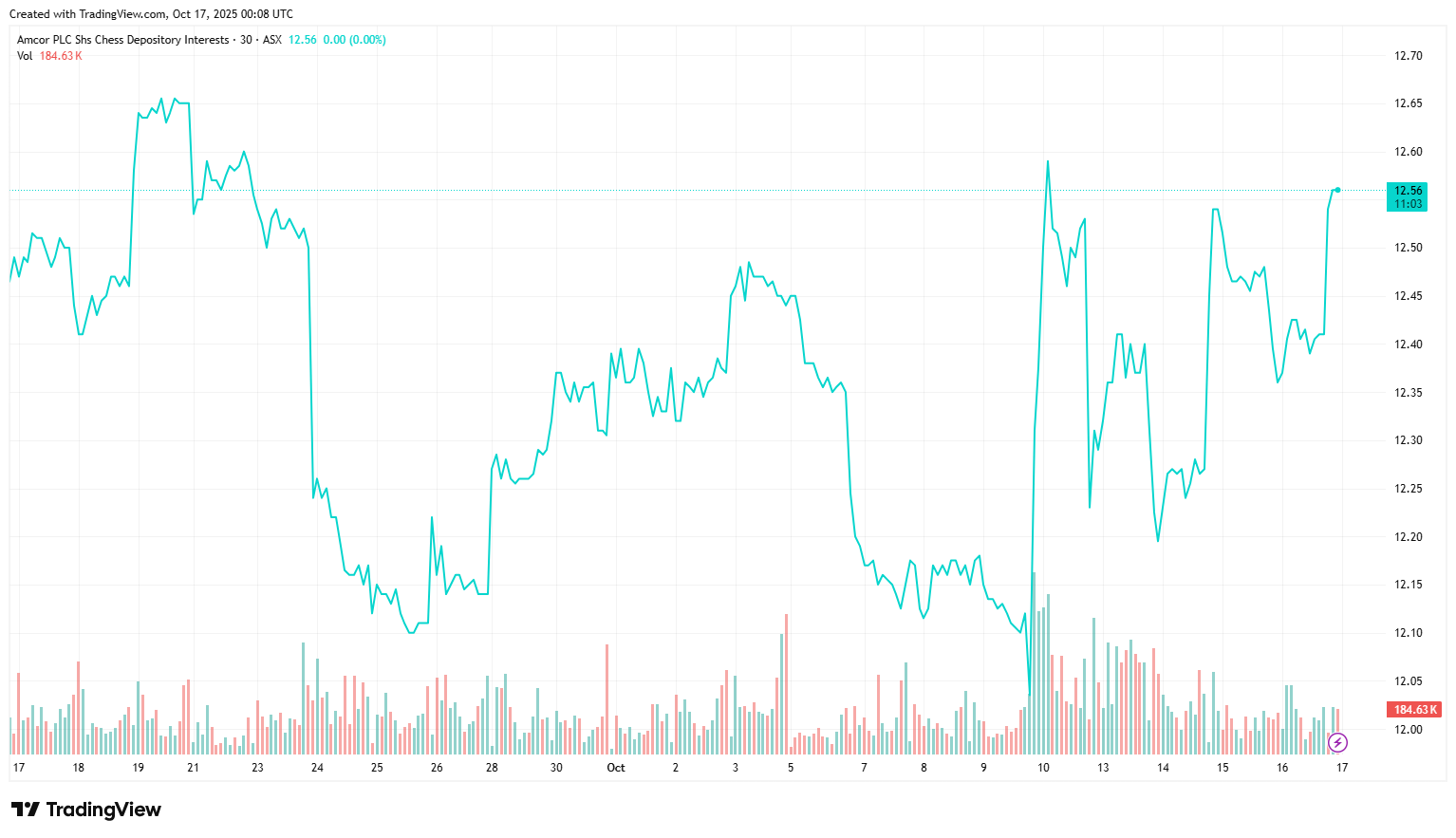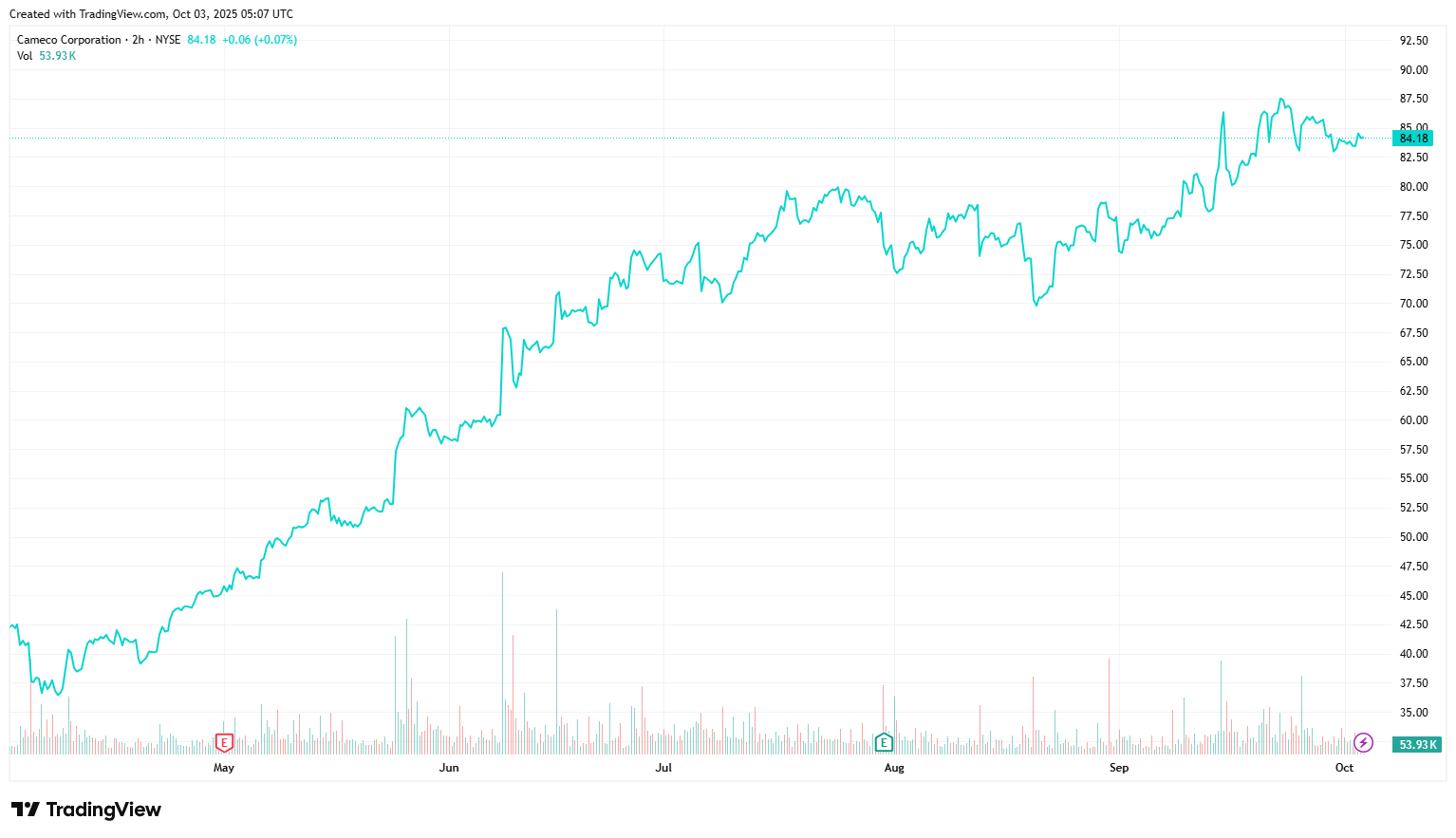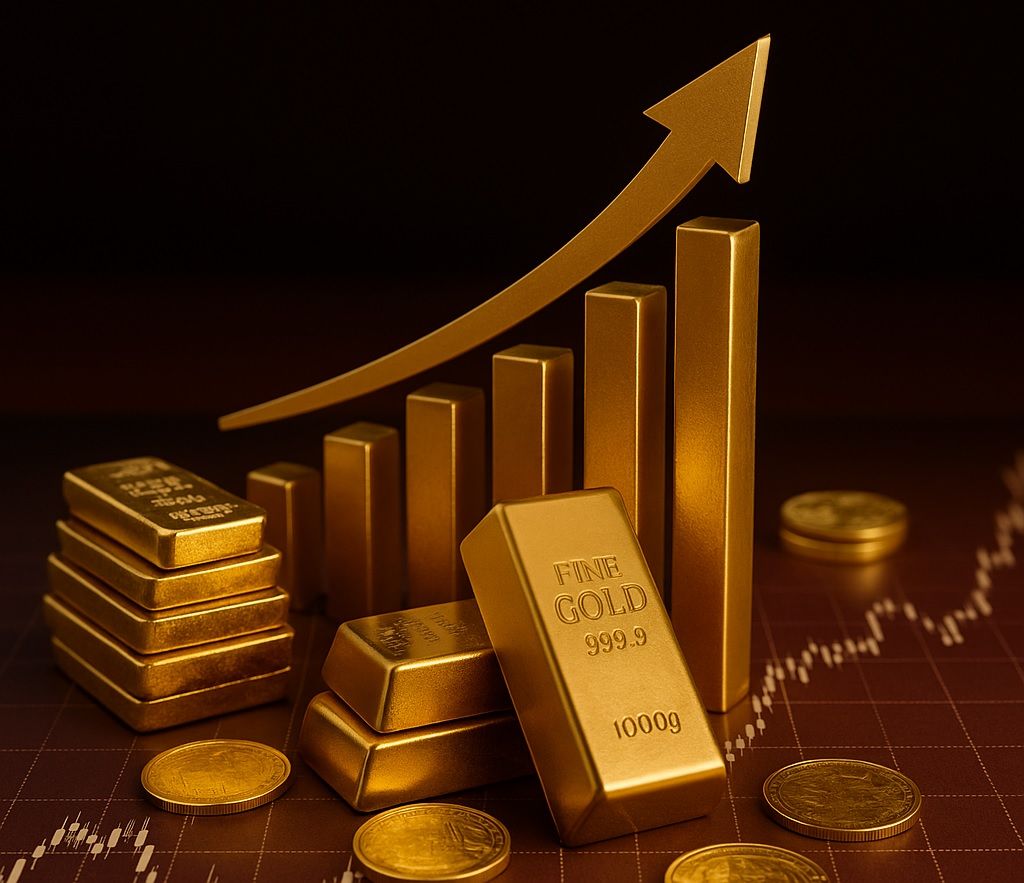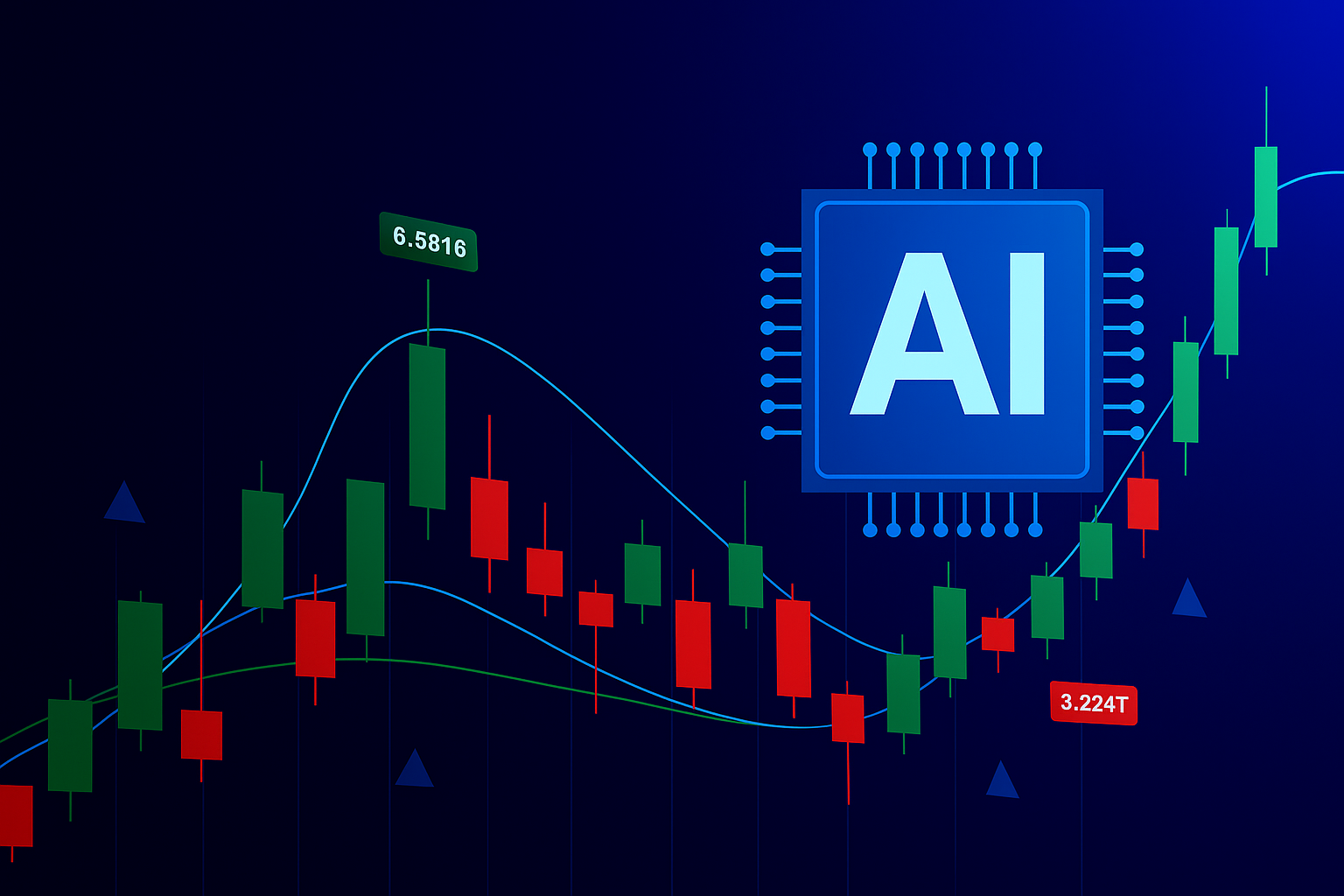An Overview of the Australian Stock Market: Opportunities and Insights
The Australian stock market, often referred to as the Australian Securities Exchange (ASX), plays a pivotal role in the country’s economy and offers a wealth of opportunities for investors. With more than 2,200 companies listed on the ASX, the ASX represents a diverse range of listed companies spanning various sectors. The combined value of companies listed on our stock market exceeds $1.5 trillion, positioning it approximately 15th globally in terms of market size. It is estimated that around 51% of adult Australians own shares, according to the ASX Australian Investor Study 2023. In this article, we'll provide an overview of the Australian stock market, highlighting its key features, notable characteristics, and investment prospects.

Structure of the Australian Stock Market:
The ASX is the primary stock exchange in Australia, headquartered in Sydney. It operates as a fully electronic exchange, facilitating the trading of equities, derivatives, fixed-income securities, and other financial instruments. The stock market is regulated by the Australian Securities and Investments Commission (ASIC), which ensures transparency, fairness, and investor protection.
Key Indices:
The benchmark index of the Australian stock market is the S&P/ASX 200, which comprises the top 200 companies listed on the ASX by market capitalization. This index provides a broad representation of the Australian equity market and comprises several sectors as shown in the table below. Additionally, there are sector-specific indices such as the S&P/ASX Financials, S&P/ASX Resources, and S&P/ASX Health Care indices, which track the performance of companies within respective sectors.

Market Dynamics:
The Australian stock market operates on a T+2 settlement cycle, where trades are settled two business days after the transaction date. For example, if you traded on a Thursday, settlement would occur on the following Monday.
Trading hours typically run from 10:00 am to 4:00 pm (Australian Eastern Standard Time), with pre-market and after-hours trading available for certain securities.
How do I invest?
Buying and selling shares is a little bit different to going to the supermarket and buying groceries. To begin, you must establish an account with a stockbroker, such as Sharewise, who will serve as your intermediary, facilitating your buy or sell orders and coordinating electronic settlement or payment. The minimum amount of shares that you can initially purchase in any listed company is $500. For more information regarding minimum investment, please see What is the Minimum Investment Required to Begin Investing?. You’ll also need to pay brokerage (i.e. a fee to the broker) on each share transaction. To find out more about the various broker options on offer in Australia see Which Broker Has The Lowest Brokerage for ASX Shares?
How does the ASX differ from other stock markets globally?
The Australian stock market possesses unique characteristics that distinguish it from other stock markets globally. One notable aspect is its strong reliance on commodity prices, particularly minerals and energy resources. Australia's economy heavily depends on exports of commodities like iron ore, coal, and natural gas, causing the ASX to be significantly influenced by fluctuations in commodity prices. Another distinctive feature is the dominance of the financial sector within the ASX. Banking and financial services companies hold considerable weight in the index composition, influencing the market's overall performance and susceptibility to regulatory changes and economic conditions.
Moreover, the geographical location of Australia and its time zone difference contribute to unique trading hours, which can affect how the market reacts to global events and news, often leading to divergent trading patterns compared to other major exchanges. For a more direct comparison between the Australian stock market and the US stock market, see
Investing Simplified: The Australian Stock Market vs. US Stock Markets.
Subscribe to our newsletter
Disclaimer: This article does not constitute financial advice nor a recommendation to invest in the securities listed. The information presented is intended to be of a factual nature only. Past performance is not a reliable indicator of future performance. As always, do your own research and consider seeking financial, legal and taxation advice before investing.
